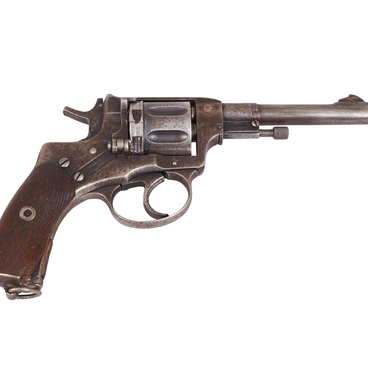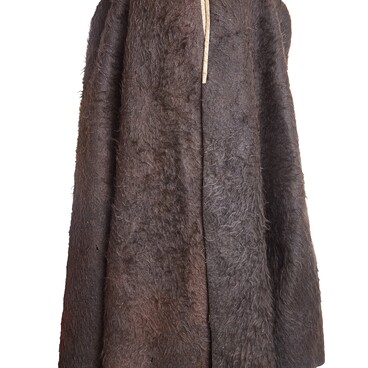The history of the 112th Ural Infantry Regiment goes back to the 11th Jaeger Regiment, formed under Paul I, on May 17, 1797. Subsequently, the regiment was attached to the Galician Infantry Regiment, which participated in the defense of Sevastopol, and in 1863 was named Ural Regiment.
The banner of the 112th Ural Infantry Regiment was presented on May 17, 1897, on the day of the 100th anniversary of this unit, in a camp near the city of Kovno (now Kaunas, Republic of Lithuania). As it was the fourth regiment in the division, its banner was made of white silk trimmed with dark green stripes. On one side it has an embroidered gold monogram of Emperor Nicholas II with a crown. He granted the banner to the regiment. Four state coats of arms embroidered in black silk threads are depicted in the corners. On the other side in the middle is an image of the Intercession of the Most Holy Theotokos.
During World War I, the regiment was part of the 28th Infantry Division. In 1915, on the territory of modern-day Poland, the division was defeated in the battles in the Augustów Forest, and the banner of the 112th Ural Infantry Regiment was buried in the ground. A prayer book was placed on top to protect it. In 1916, when the territory was recaptured, a special commission was searching for banners hidden during the retreat, but the banner of the Ural Regiment was never found. According to the rules, when the regiment’s most sacred symbol — the banner — was lost, the unit was subject to disbandment. However, it was established that the banner did not get to the enemy’s hands, even though it was not found. Therefore, in 1915, the regiment was reinstated and continued to fight as part of the Western Front.
Almost a century later, the banner was finally found in 2007 by a Polish search group in a forest near the city of Augustów. It was wrapped in a half-rotted soldier’s overcoat along with the jubilee Alexander ribbons. The banner was sold to an American collector, and then purchased by the Moscow company “Leibstandart” and returned home. The restoration of the banner was carried out by Anastasia Viktorovna Savelova, a restorer of the State Museum of Oriental Art. In 2014, it was acquired by the Tsarskoe Selo State Museum and Heritage Site and took pride of place in the exposition “Russia in the Great War” in the Martial Chamber.
After the Russian Revolution, most of the soldiers
of the 112th Ural Infantry Regiment joined the 1st Division of the People’s Socialist Guard which formed the basis of the
Belarusian army. In 1918, the regiment was finally disbanded.


